Between urban heterotopia and botanical wonderland
Ipapashiwe: 13.04.2023
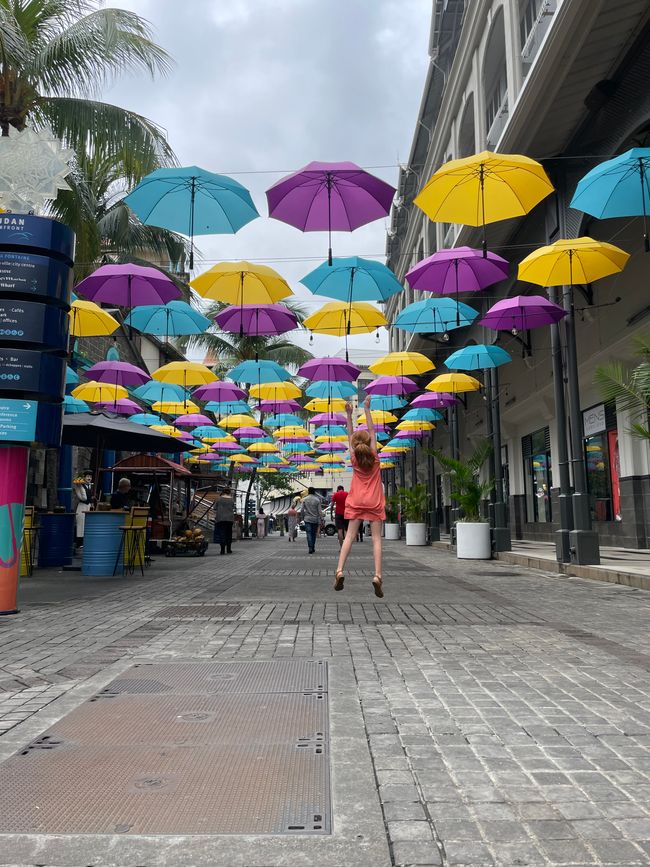
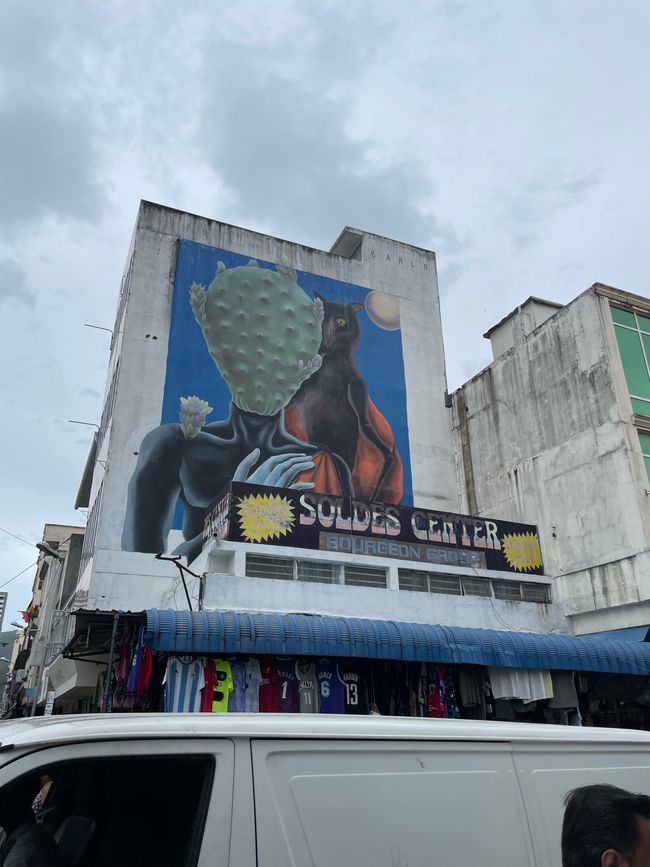
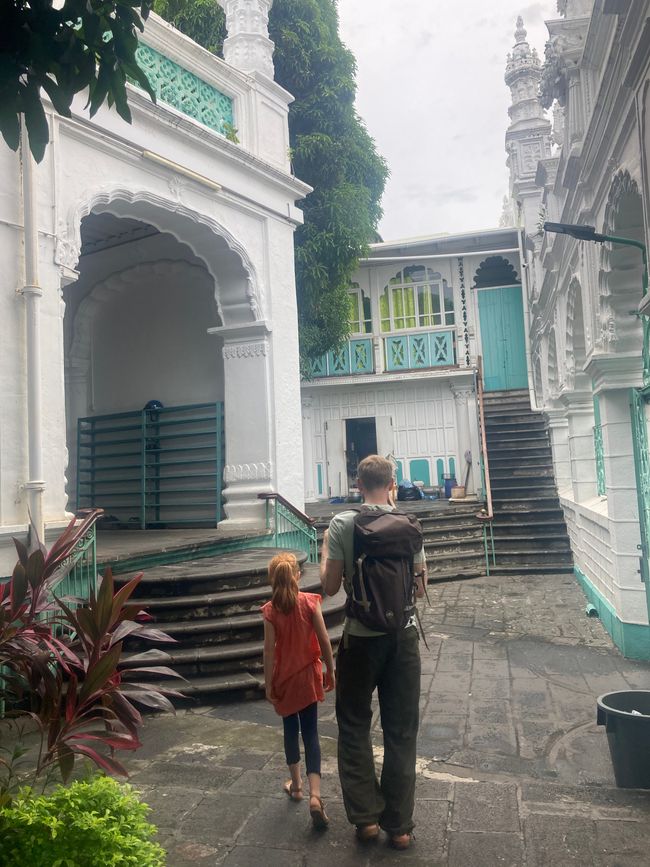
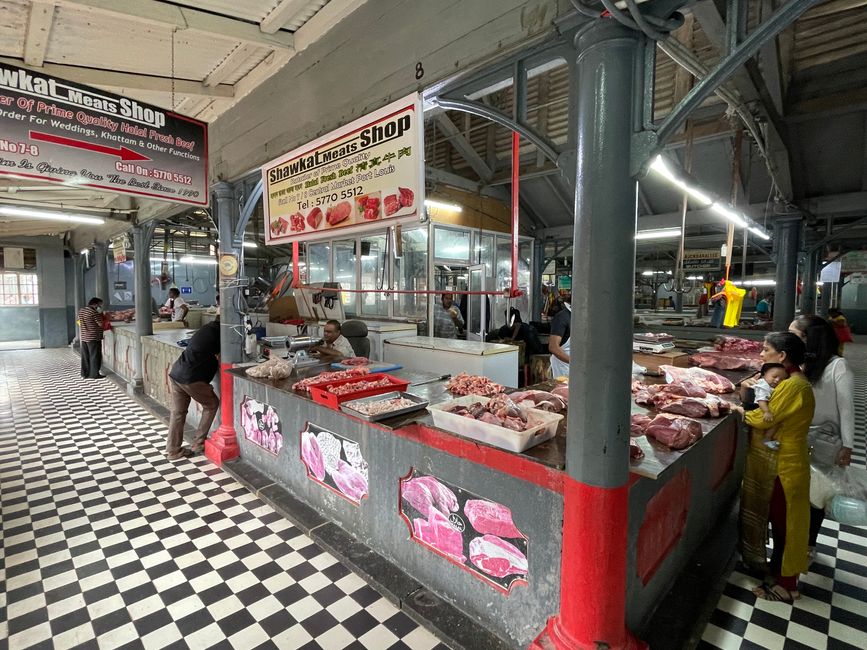
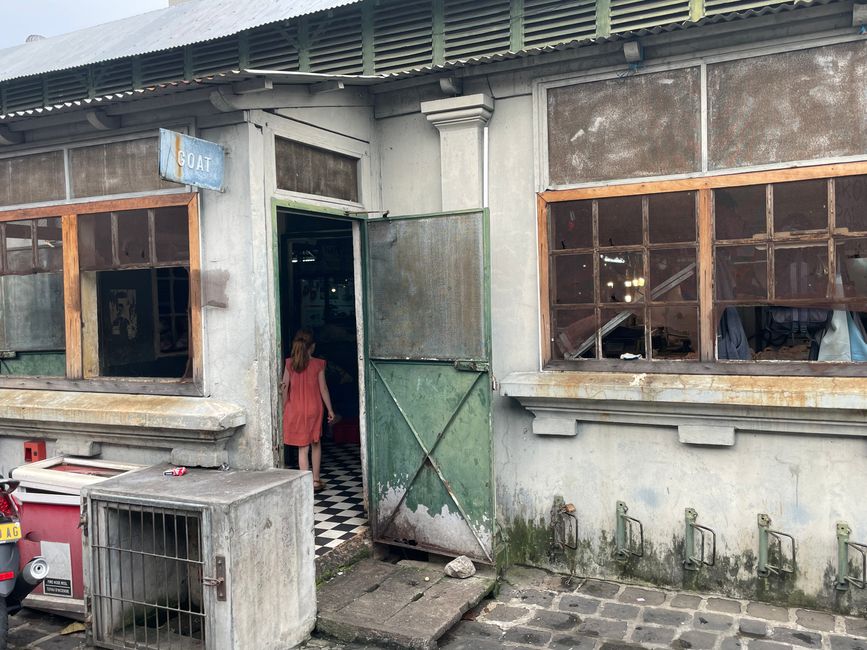
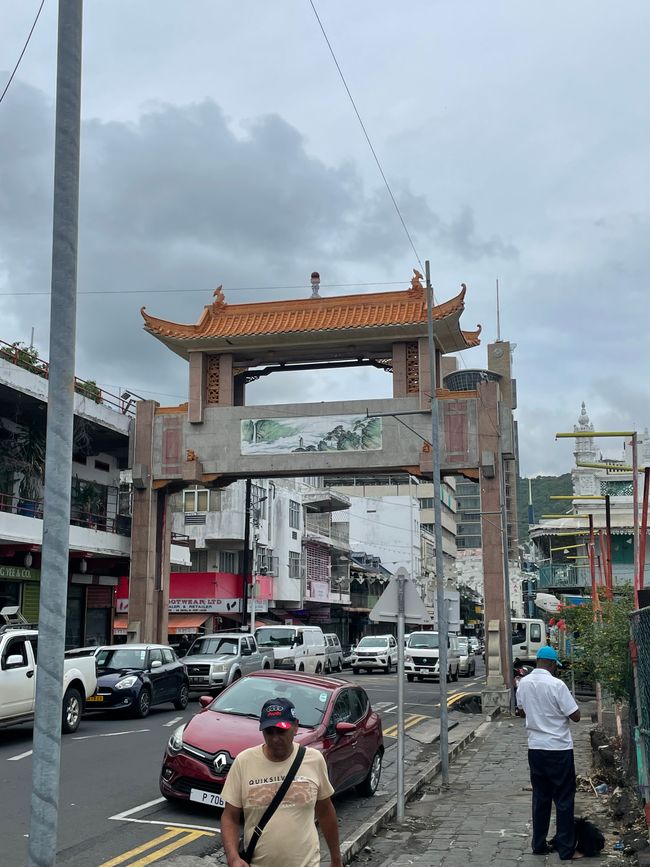
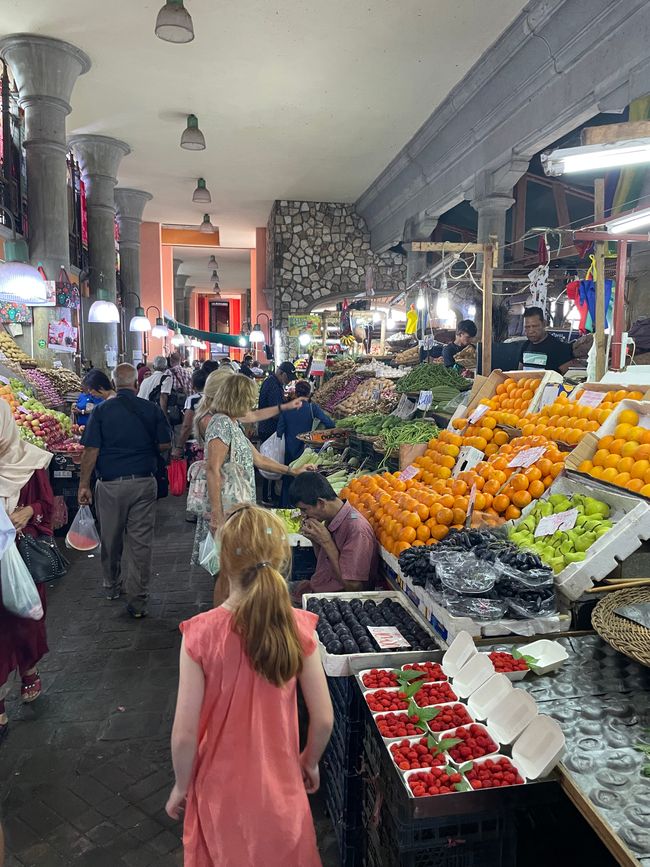
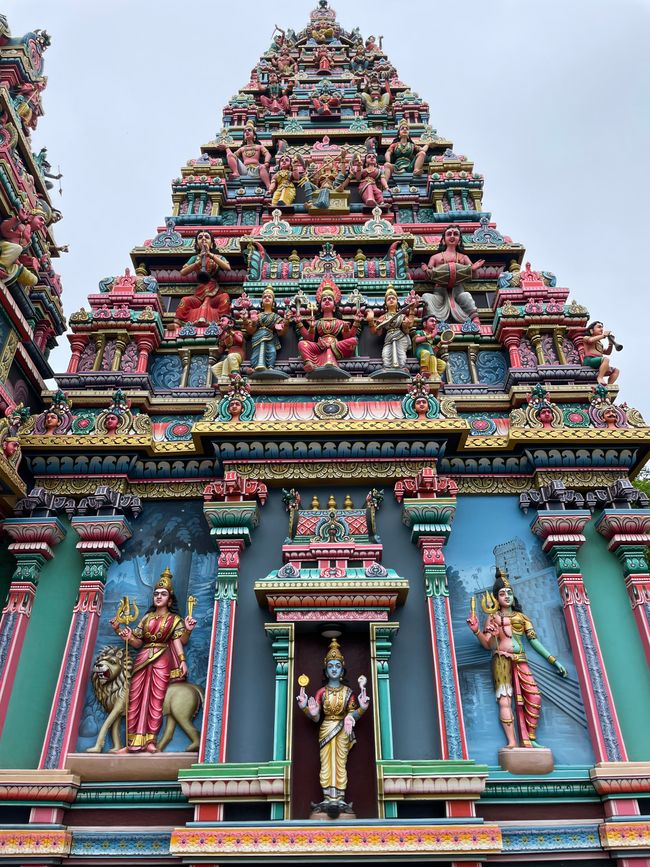
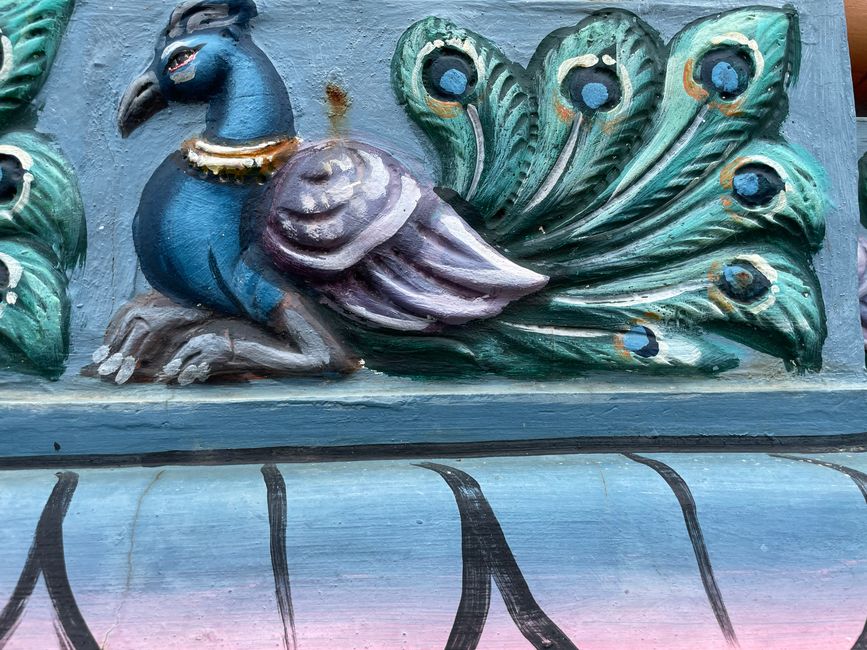
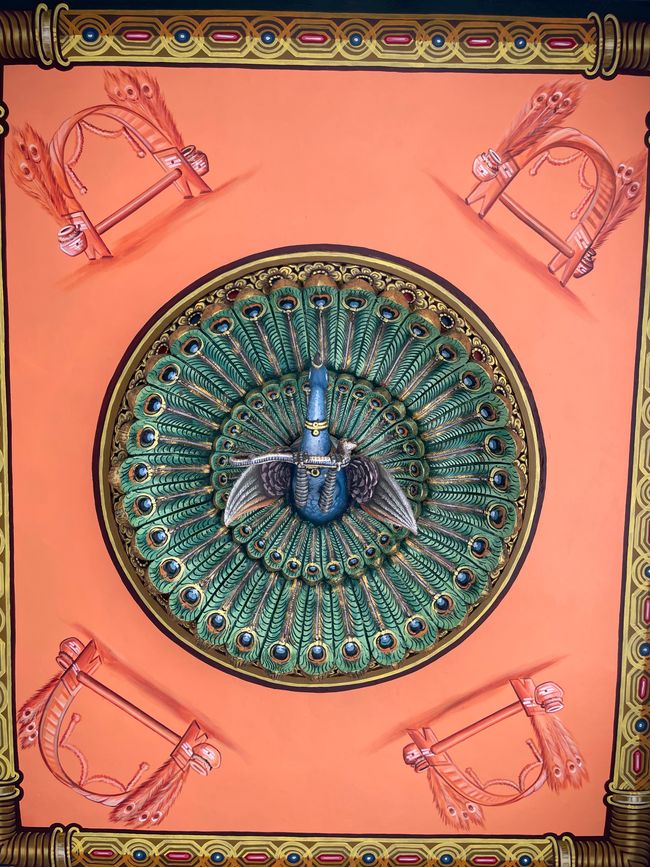
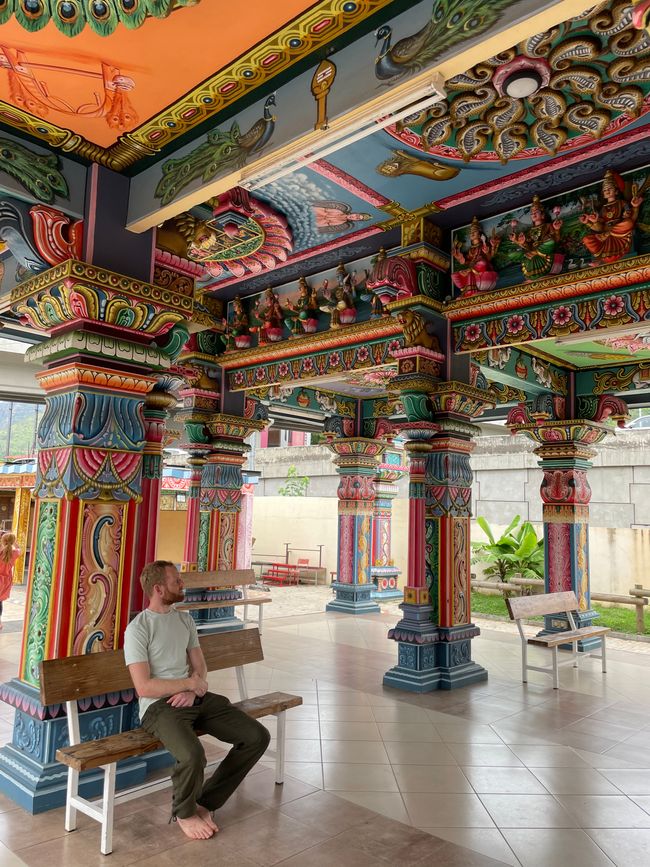
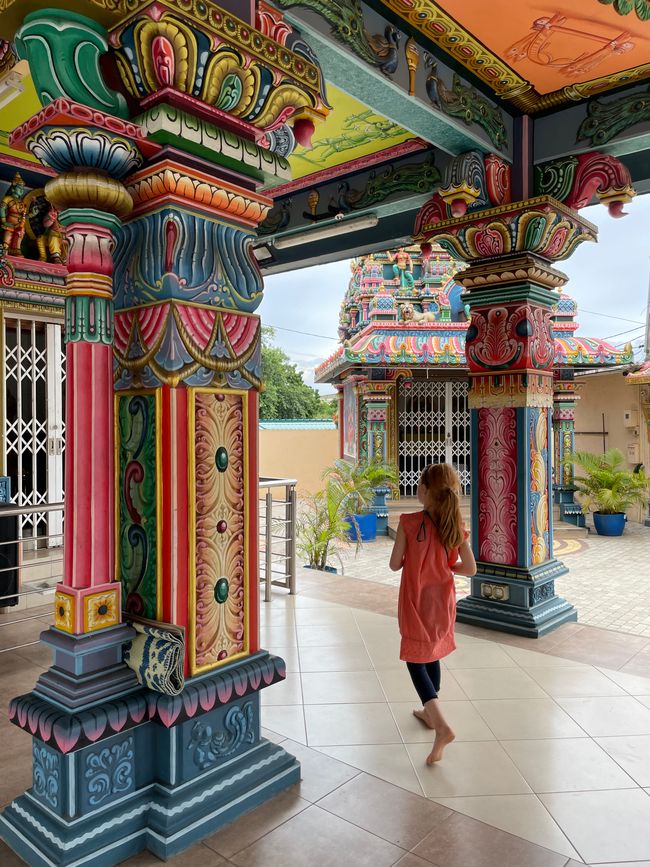
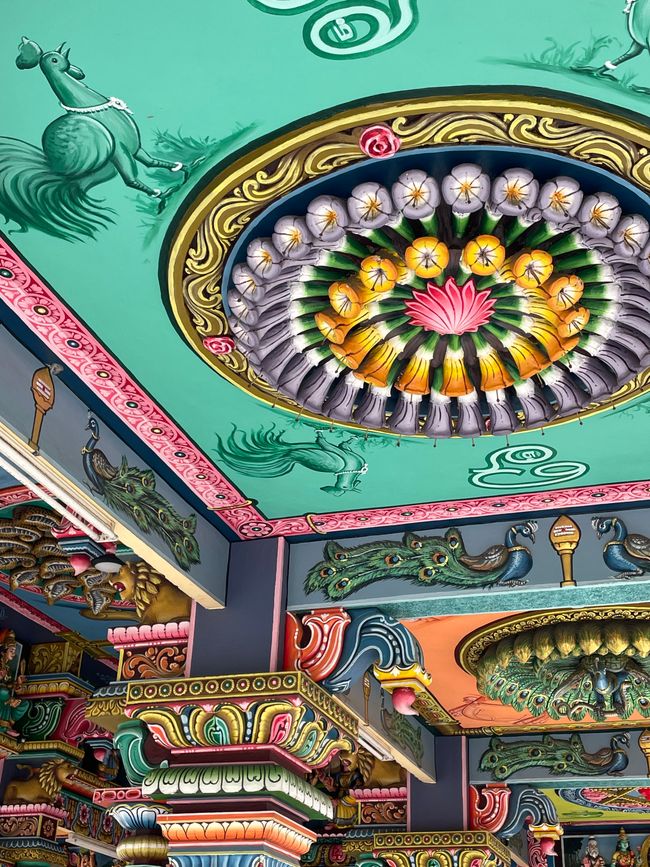
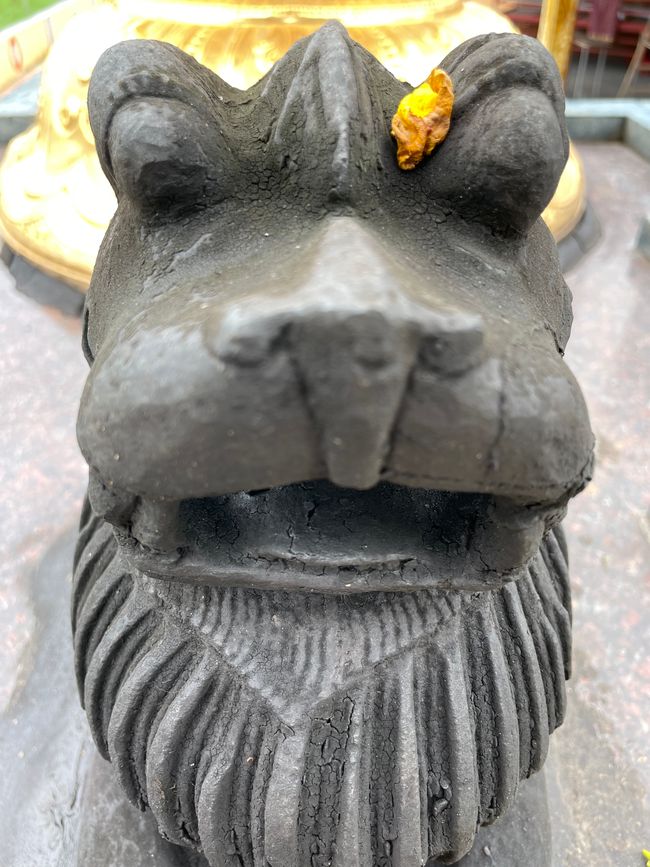
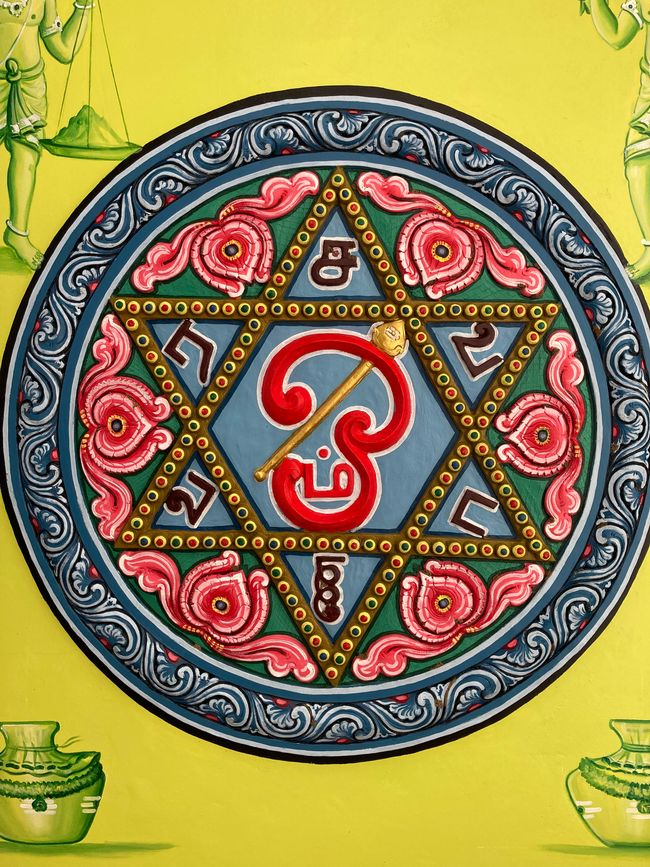
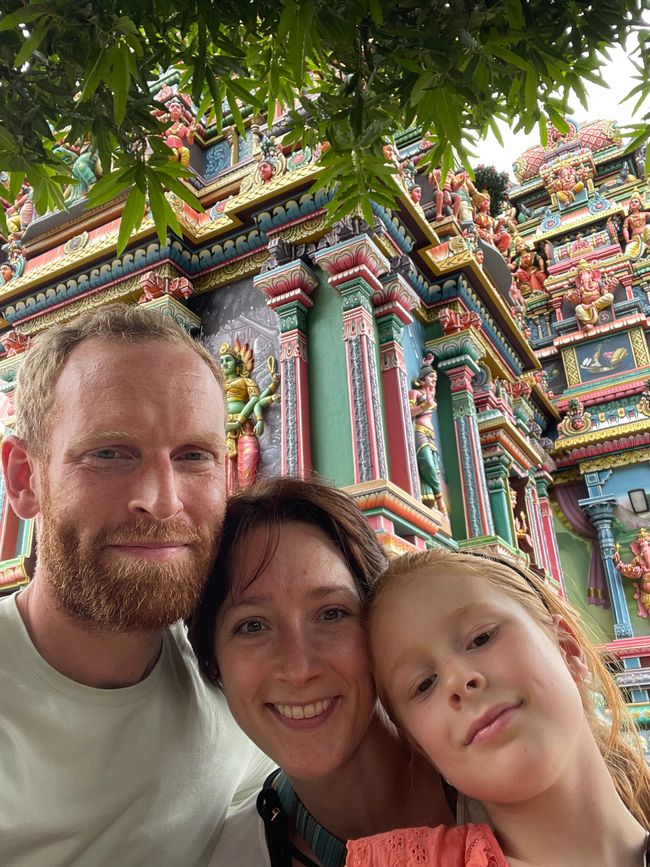
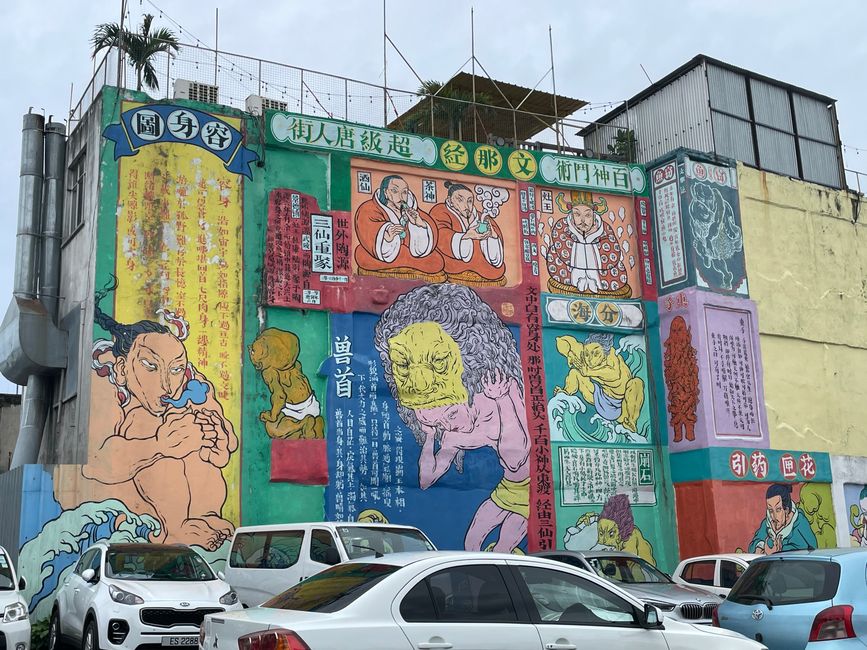
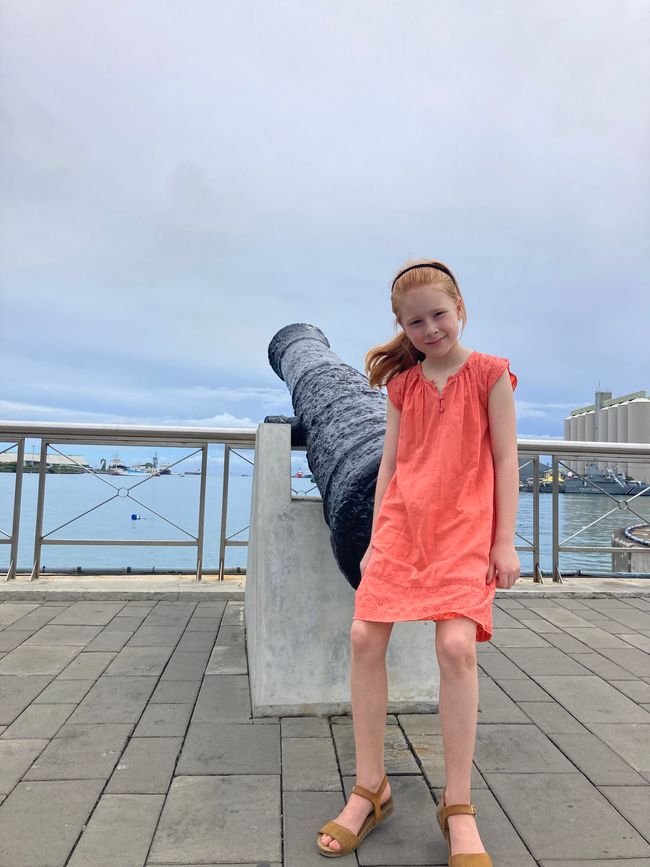
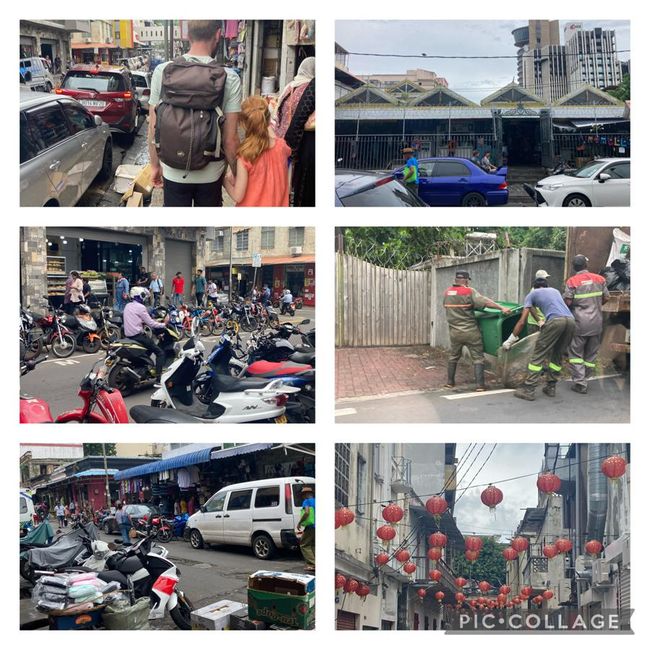
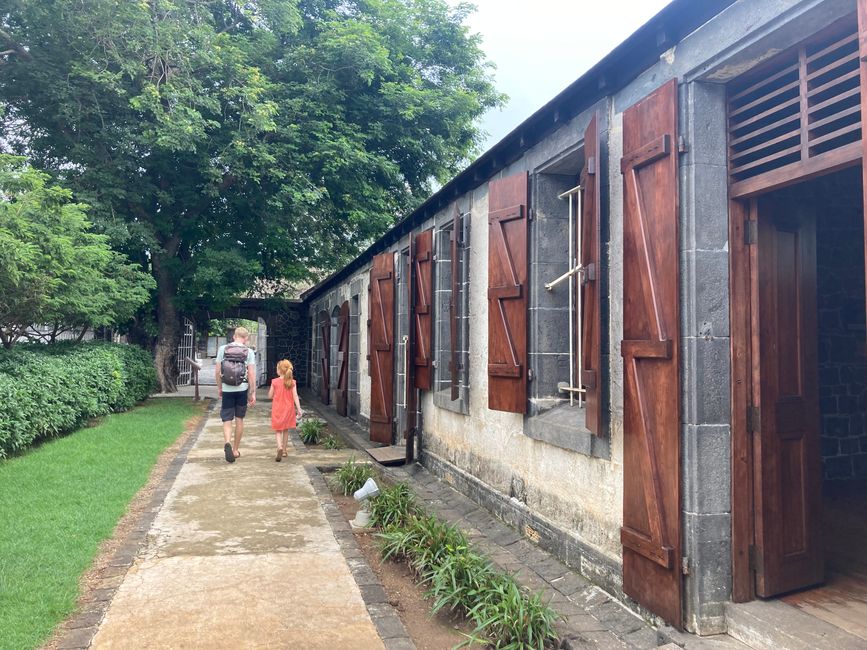
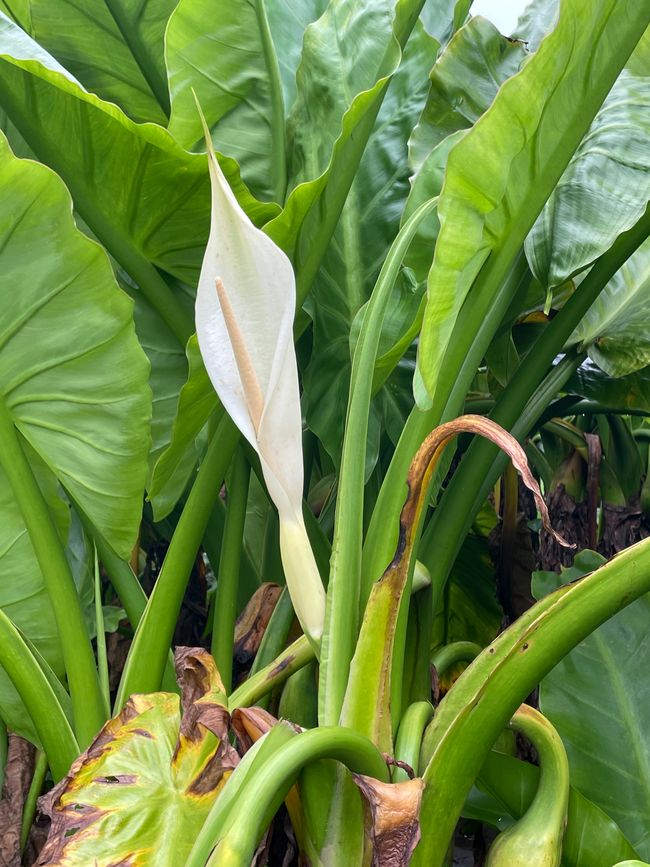
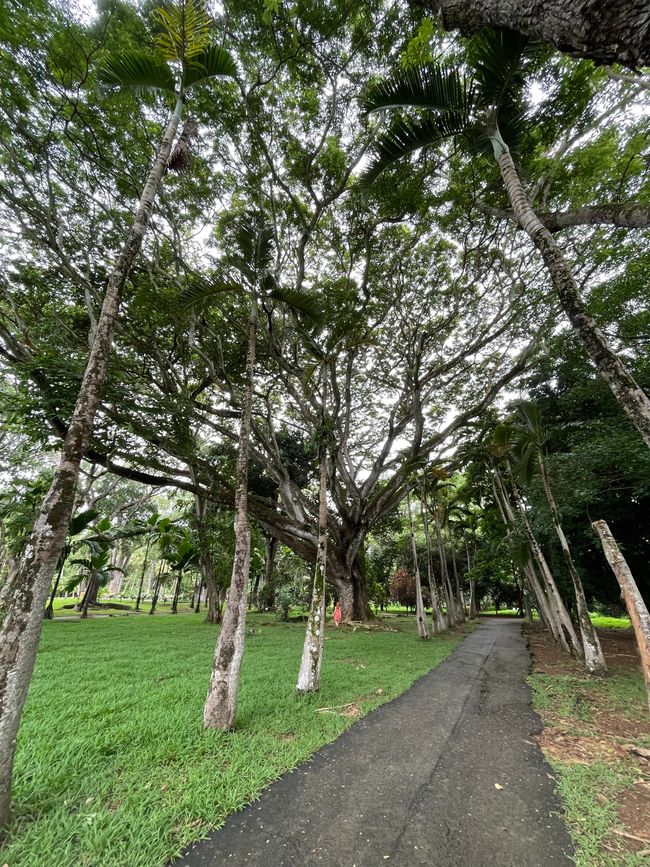
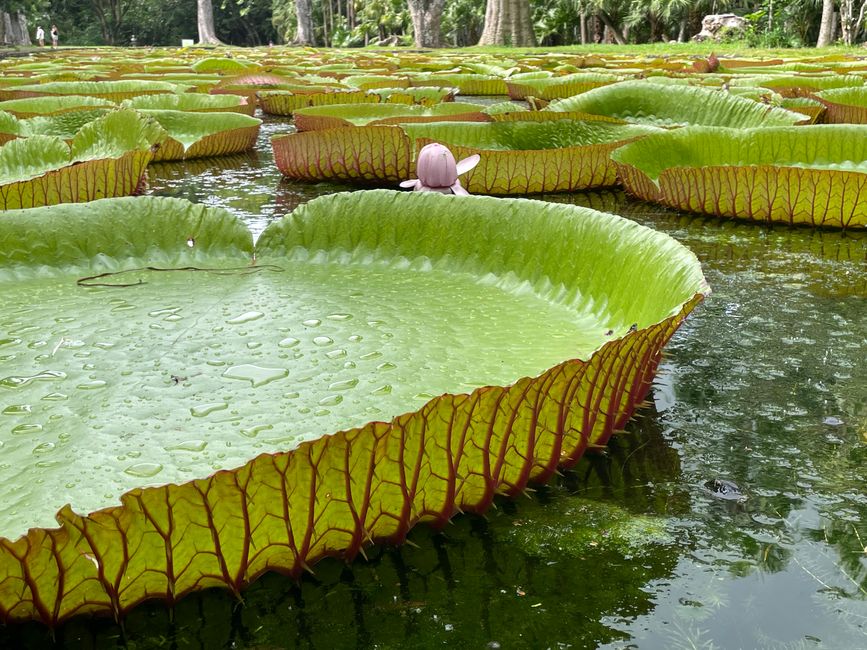
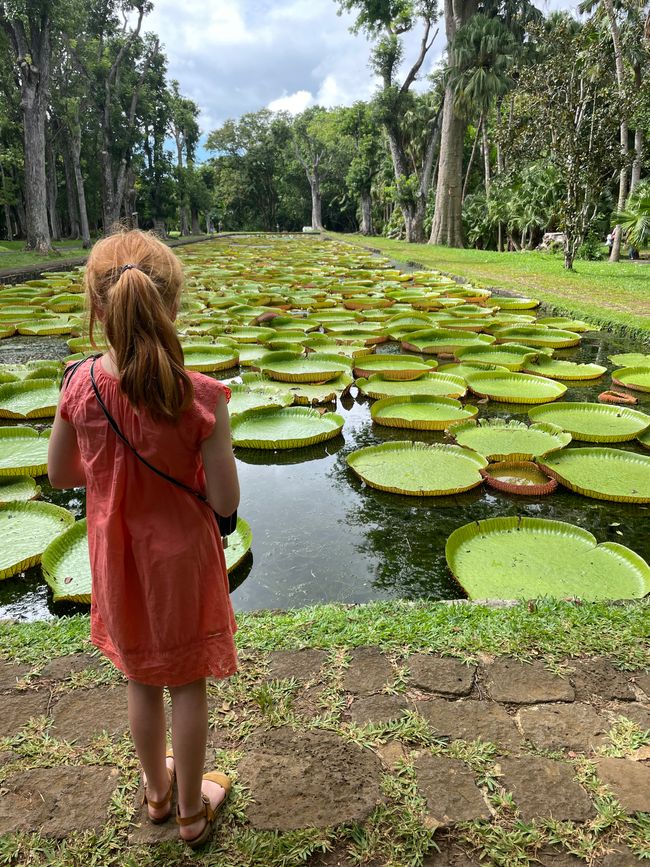
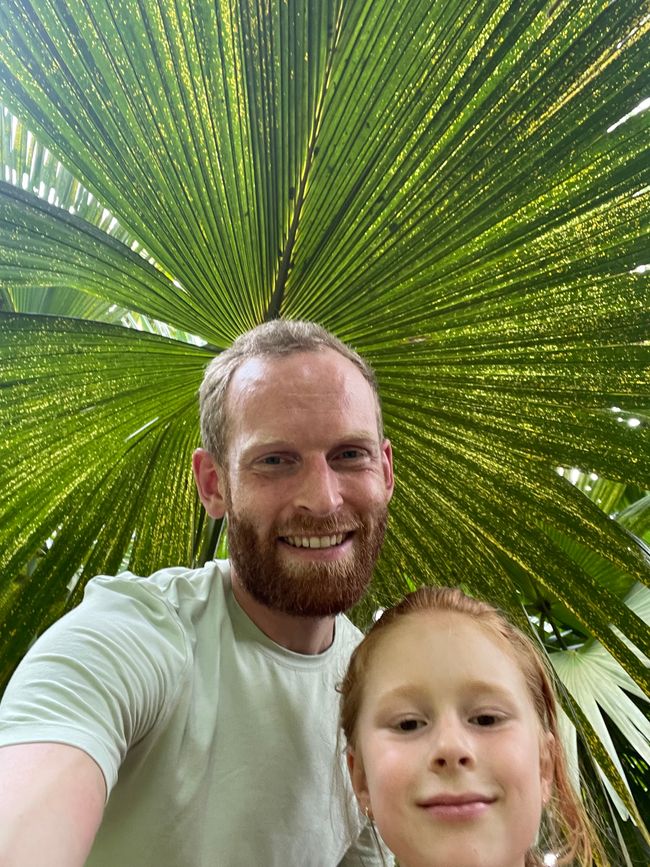
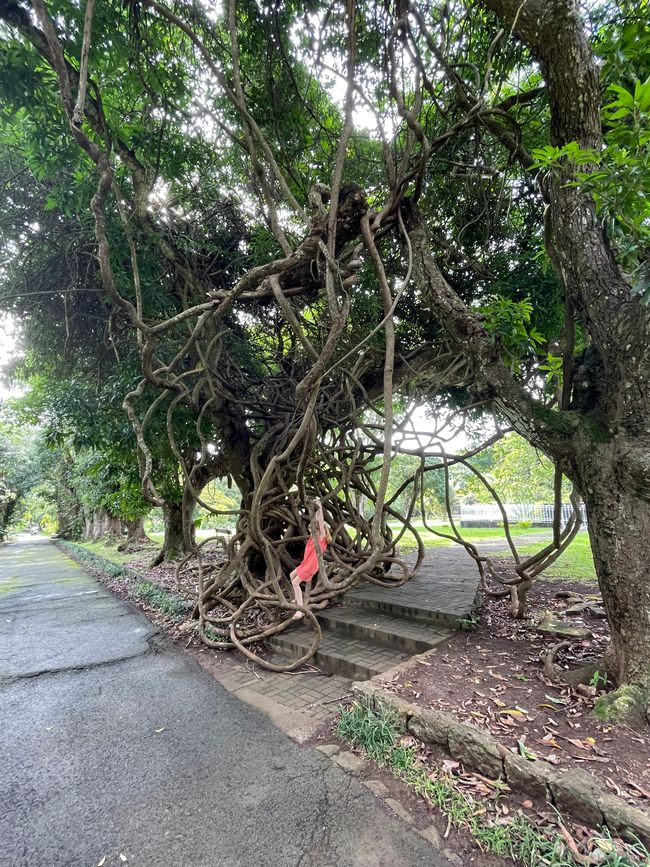
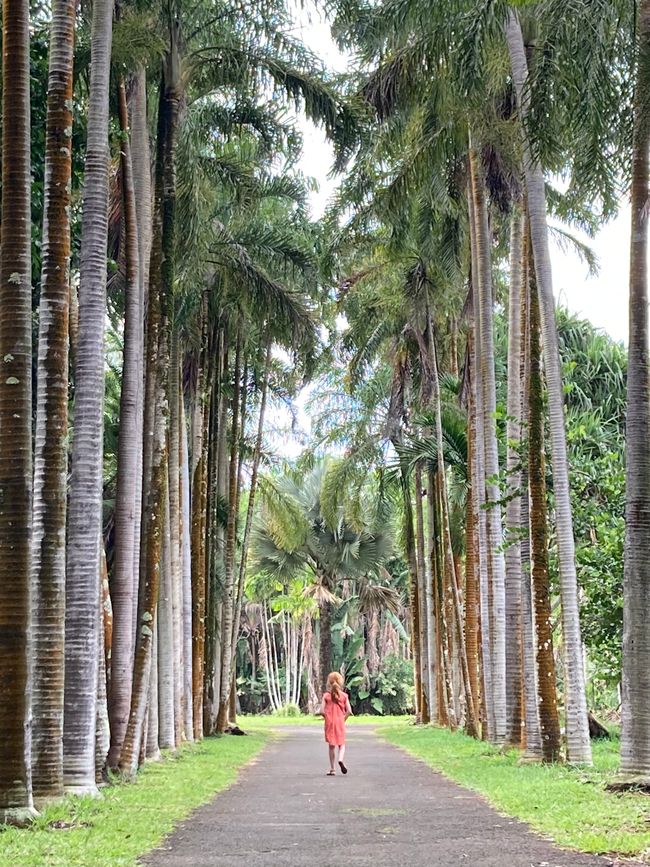
Bhalisela kwincwadana
12.04.
Phew, what a day!
Exhausted yet excited by today's impressions, we try to review the day!
For us, every vacation trip clearly includes a visit to the respective capital city, unless the vacation itself consists of a capital city trip!
So it is also the case in Port Louis, Mauritius. We wonder in advance whether it is deterrent that the travel guide offers only 3-4 pages about the city itself and then immediately switches to the surrounding area and beaches of the west coast.
But we don't mind, we want to take a closer look at the hustle and bustle and the (seemingly) hectic atmosphere, after having already had a taste of it a few times on the northbound highway.
Even the journey to the parking garage at the completely renovated Caudan Waterfront in 1996 proves to be the first challenge; the navigation system is completely overwhelmed with the street layout for the first time! After four attempts and multiple tests of the turning circle of our mini vehicle, we finally find the right entrance and have to take a deep breath! First hurdle is overcome.
The Caudan Waterfront is like a promenade on the city side near the harbor and consists of completely new buildings such as an opera house, several hotels, expensive designer shops and cafes/restaurants! And the Blue Penny Museum... but more on that later.
Somehow, this section of the city seems completely out of place and in complete contrast to what awaits us after crossing or passing under the highway!
Here we immerse ourselves in the complete chaos, noise and narrowness of the capital!
And it overwhelms us completely. Especially Ida becomes quieter and clings to us closely, seemingly overwhelmed by the visual, optical and especially olfactory impressions!
We struggle through the narrow alleys, where despite that, cars and motorcycles rush past on two lanes, passing all sorts of shabby shops, in search of the few highlights we want to visit.
First, we visit the Yummah Mosque, built in 1850. The building combines Indian, Muslim and Creole architectural styles and stands out with its completely white exterior facade in the dirty surroundings. We take a look inside and are warmly welcomed by three locals who invite us to look around!
Here, everything seems quieter than "outside," so we enjoy the silence for a while while sitting in the courtyard.
The next stop is the Central Market, which is a "must-see"!
The front hall is actually quite interesting, with fruit stands lined up one after the other, and the smells are pleasant, as spices like cloves, vanilla, cinnamon, and nutmeg find their way into our noses!
A heated argument between a vendor and a local customer interrupts the activity, which we use as an opportunity to move on and then take a look into the meat and fish hall. This is where our stomachs turn completely, as the stench that hits us from the halls is more than borderline. At least, probably in accordance with the different religions, there are separate halls for beef, pork, goat, poultry, and fish! But that doesn't change the unbearable smell and the anything but hygienic sight.
Various chicken feet, offal, fish parts, and other delights for meat lovers are laid out on wooden boards without any apparent refrigeration!
We bravely try to maintain our composure until we see daylight again and can take a deep breath.
We knew this type of market hall from Thailand, but both the exterior and the interior of these rundown buildings surpass the impression from back then by far!
The next stop takes us out of the chaos to the harbor side, to the Aapravasi Ghat. This is where the indentured laborers (mostly from India) of the British colonial rulers arrived on the island from 1834 onwards to be distributed to the various sugar cane plantations. In nearly 100 years, over 450,000 workers reached the island in this way. At the same time, the tiny barracks housed up to 1,000 people!
Today, the descendants of these contract laborers make up 68% of the Mauritian population.
This brings us to our penultimate point on the Port Louis list: a visit to a Hindu temple framed between the city highway and the feeder road!
The Madurai Mariamman Temple is full of colorful statues and figures and is a fascinating splash of color in the middle of the city. Once again, we use a religious site as a retreat from the hustle and bustle around us!
The final highlight of this overwhelming morning is the Blue Penny Museum at the Caudan Waterfront.
Here is where the most famous and almost most expensive... stamp in the world is located! Although we have to correct ourselves, because there are two. The Red and Blue Mauritius stamps are unique in combination on the "Bordeaux cover" and make every philatelist's heart beat faster! These two treasures were sent on September 21, 1847, as the first stamps of the crown colony of Mauritius, making the island the seventh territory in the world to issue stamps... Goosebumps!
But we are actually also quite impressed, as the museum not only showcases the two stamps, but also exhibits some artifacts from the colonial period, including interesting historical paintings and maps from the British colonial phase! (No irony!)
Back in the car, we take a deep breath once again! Port Louis appears to us Western Europeans as a typical African city, as the complete opposite of civilized and thus as the epitome of chaos! However, due to the multicultural mix of all religions, we probably only see a kind of light version of the classic African (dis)structure here, which is so foreign to us as Germans accustomed to structure and order, and therefore causes restlessness and stress in us! However, even this chaos has a well-defined structure in small scale and is bound by rules that make all of what we have seen today work!
As a complete contrast, our afternoon destination is the Pamplemousse Botanical Garden! Founded in 1736 by the French governor Mahé de Labourdonnais, who originally only wanted to plant vegetables, with the help of a resourceful businessman, it has become one of the most impressive and species-rich botanical gardens worldwide! Here you can find over 80 different species of palms, sausage trees, nutmeg trees, and the Amazon giant water lily, among others!
The absolute highlight of the ensemble, however, is the Talipot palm, which grows for only 80-100 years, blooms only once, and then dies! Unfortunately, we do not catch any of the palms in their flowering season, but with the help of a guide, we get a closer look at other fascinating plants in this garden and get to know plants like the Streblus asper (mother-in-law's tongue) and the pimento tree!
The peace and vastness of the garden recharge our batteries and we enjoy the gigantic variety of plants with awe-inspiring eyes!
The day ends almost obligatorily with a slightly cloudy sunset at the beach and a subsequent UNO marathon in the mist of mosquito repellent incense sticks!
Tomorrow, we will go on a beach and snorkeling tour again!
We will report...
Bhalisela kwincwadana
Phendula
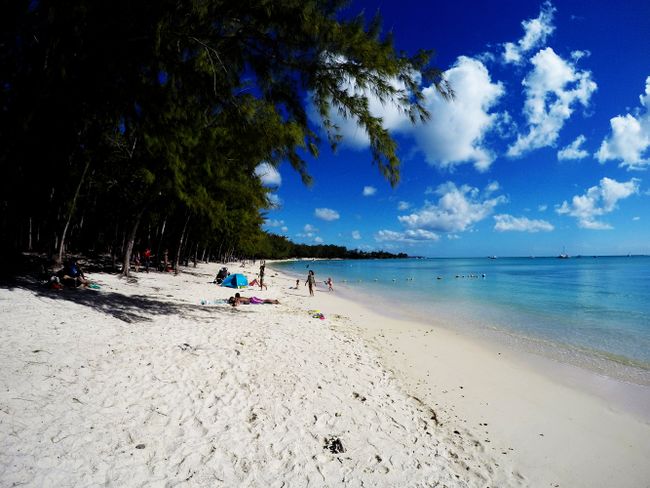
Iingxelo zohambo Morishiyasi

